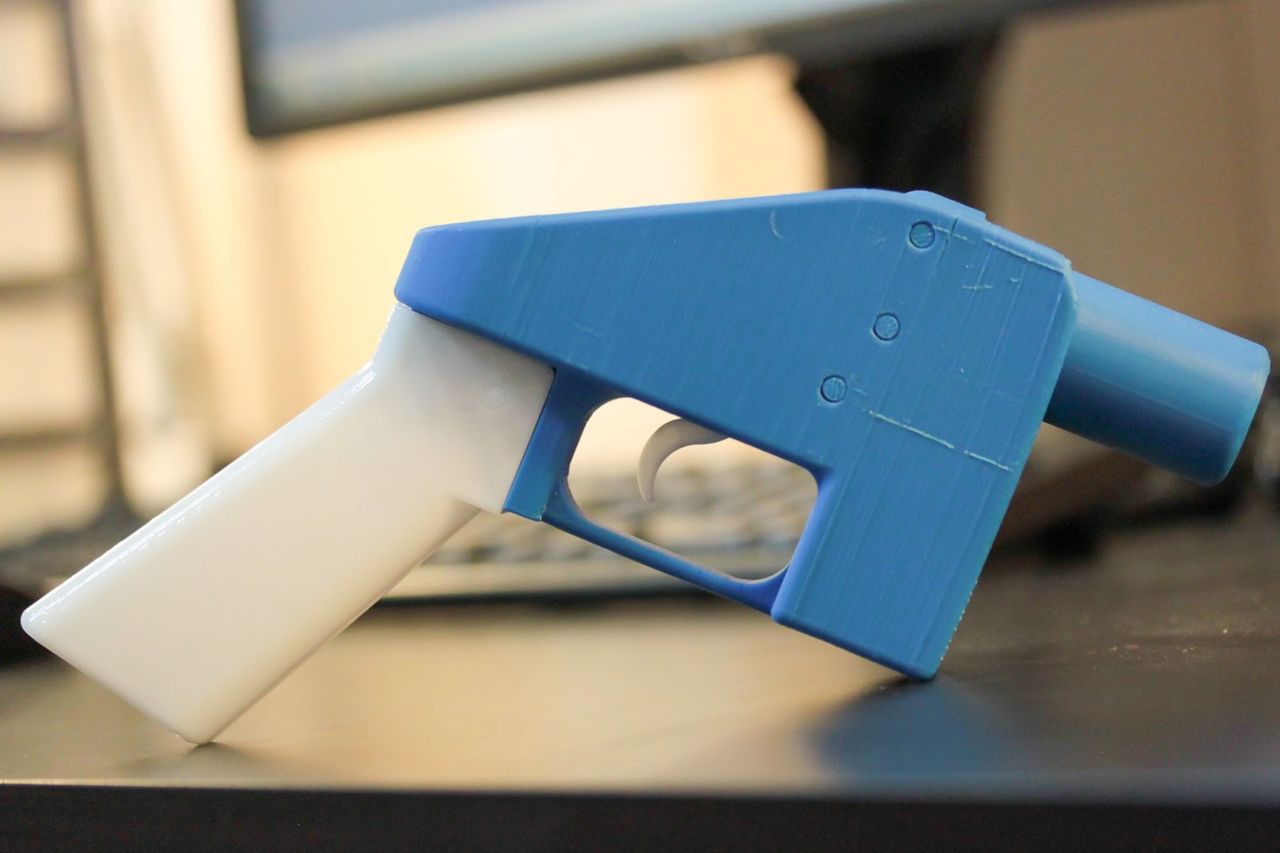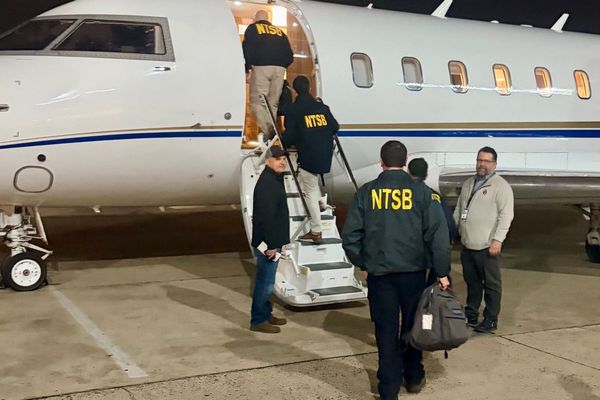
Tracing the source of 3D printing ghost guns has been a serious topic since the beginning of their existence. Those doing the printing want to keep the manufacturing source a secret, while forensic investigators like Kirk Garrison from the San Bernardino Sheriff's department are looking to find any sort of "fingerprints" left behind by nefarious manufacturers. An interview with Garrison shared by 404 Media suggests he may have found a way to link 3D printed objects, like ghost gun components, to specific printers.
In the interview, Garrison explained how he recently began looking for ways that forensics investigators might be able to identify printers by any traces left behind in the objects they print. So far, he's had success in identifying key signatures, also known as toolmarks, found consistently from specific 3D printers.
If you're not familiar with the term toolmark, it refers to a type of mark found on an object that's left by the maker and or one of the tools used in its manufacturing process. In this case, Garrison has discovered consistent toolmarks in the way in which filament is dispersed during the print process on certain lines.
Garisson has studied 3D printed objects, more specifically, 3D printed weapons, using a microscope. It was while studying the 3D printed component up close that he noticed scuff marks in a repeated pattern across the object. Using this, he was able to find matching characteristics in other objects, suggesting they were printed by the same printer and possibly even the same batch.
Not a precise 3D printer 'fingerprint'
It's important to note that this information isn't enough to determine exactly what printer created what object. However, it can help narrow down information during investigations. There are also many factors like extruder size, nozzle temperature and bed type that can impact the look of the final object. It's also hard to determine when an object was printed using a different printer or if it was printed from the same one but in a different location on the print bed.
This type of forensic study is brand new and unexplored. Whether or not it turns into a useful foray has to be seen, but Garisson is for sure one of the brilliant minds asking questions and leading the way.
If you're interested in 3D printing but aren't sure where to start, we always suggest newcomers check out our list of the best 3D printers to get an idea of what's out there. Who knows, it could bring you one step closer to a career in forensics.
Follow Tom's Hardware on Google News to get our up-to-date news, analysis, and reviews in your feeds. Make sure to click the Follow button.







